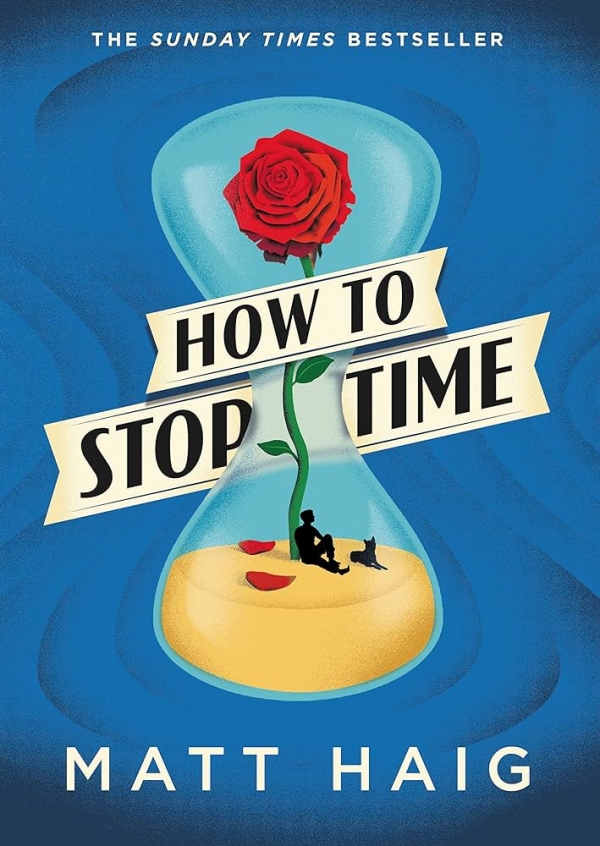
How to Stop Time is a high-stakes romance novel by Matt Haig that explores the idea of finding purpose in life. The book starts with a ground-breaking confession from a man called Tom Hazard about his bizarre physical condition which, later in the century, will be known as “anagaria”. This condition prevents him from aging. He appears to be a normal 40-year-old man but has actually lived for over 400 years. This condition does not make him immortal but gives him a different, much slower, biological clock than normal human beings. Due to this, however, he keeps having to move from one place to another changing his identity every 8 years or so, as people start to become suspicious about his appearance. In the present day, he teaches history at a secondary school in London. In his past lives, he was once a crew member at the Cook’s voyage; a lute musician at Shakespeare’s Globe; a pianist at Ciro Paris; but, most importantly, he was a son, a lover, and a father. The book is divided into chapters that leap from the present to the past, one century to another, recollecting Tom’s experience. This is a story about a man’s long life, love, and family.
One would imagine a man with this condition is bestowed with an eternal blessing: what a chance to live! But as readers will soon realize, Tom’s life is anything but peace and serenity. His present days are filled with headaches that stem from centuries of memory crammed into his tight skull, and countless regrets from his past seep into his days like a droplet of black ink plaguing pure water. His existence becomes a paradox – a juxtaposition of longevity and loneliness. Despite the breadth of experiences he has amassed, his connections with others remain fleeting, a consequence of the inevitable departure of those he grows close to. Time, despite its endless continuum, becomes an oppressive force, a constant reminder of his inability to belong to any particular era or group, leaving him stranded in a world where he is an outsider looking in, forever seeking a place to call home. In hindsight, these headaches – or, memory-aches as the book describes – are more of a longing for the past and for something he can no longer have, because even for him time is a one-way street, and because even if he loves someone truly, she would get old and die while he will continue to exist.
Even though the entire book is dominated by a hopeless and somewhat self-destructive narrative, the story carries a powerful and buoyant message because it ends with Tom finding a lover, first in a few centuries. The final remark from Tom goes like this: “I didn’t quite know what the answer was but I knew the process. In a way the process was not knowing the answer, but being fine with that.” This book gives great courage to people who are suffering because, like the condition Tom suffered, not all suffering is visible to the outside world. It is this metaphorical idea of screaming under water where the pain is so evident and visceral, but none of the people nearby can even hear the scream. There are split opinions about the ways in which Haig explores mental illness, but it is evident that his works have resonated and helped a great majority of people. Personally, I find there is an element of comfort in his writing styles that are present mostly throughout his works, and that made the reading a pleasant journey overall.


